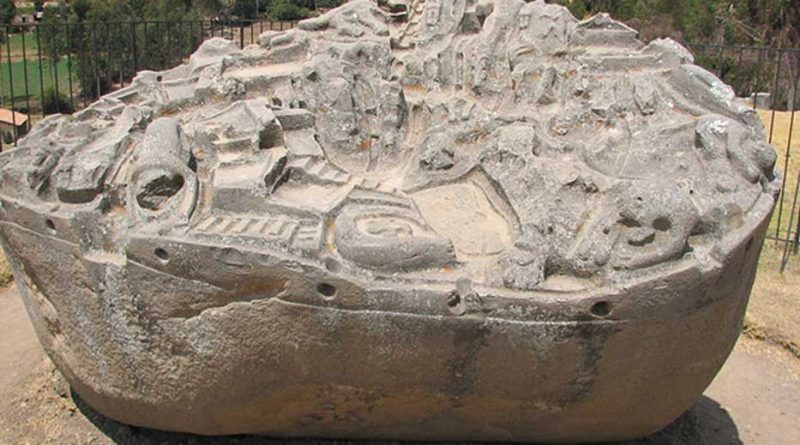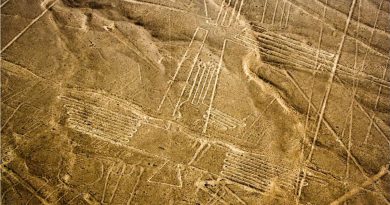Sayhuite Monolith: Mystery behind 200 Ancient Designs !
The functions or purposes of the mysterious monolith are simply unknown. Some researchers have suggested it was used as a scale model to design, develop, test, and document the properties of water flow for public water projects, and to instruct ancient engineers and technicians in the concepts and practices of the craft. About two meters long, and four meters wide, this magnificent ancient monolith has been modified several times, with new material, either altering the paths of the water or adding new paths altogether.
Sayhuite (Sigh-weetey) is an archaeological site 47 kilometres (29 mi) east of the city Abancay, about 3 hours away from the city of Cusco, in the province Abancay in the region Apurímac in Peru. The site is regarded as a center of religious worship for Inca people, focusing on water. In the Monuments of the Inca by John Hemming, Hemming points to a colonial narrative that describes the interior of the Sayhuite temple. The temple featured larger columns draped in fabrics with gold bands the “thickness of one’s hand.” The temple was also under the care of the priestess Asarpay, who jumped to her death in the nearby 400 meter gorge to avoid capture by Spanish forces
An important feature on the site is the Sayhuite monolith, an enormous rock containing more than 200 geometric and zoomorphic figures, including reptiles, frogs, and felines. Found at the top of a hill named Concacha, the stone was sculpted as a topographical hydraulic model, complete with terraces, ponds, rivers, tunnels, and irrigation channels.The functions or purposes of the stone are not known, but researcher Dr. Arlan Andrews, Sr. believes the monolith was used as a scale model to design, develop, test, and document the water flow for public water projects, and to teach ancient engineers and technicians the concepts and practices required. The rock was “edited” several times, with new material, either altering the paths of the water or adding routes altogether.About two meters long, and four meters wide, the monolith is the most popular attraction on the archaeological site.
While the creators remain a mystery, the monolith provides archaeologists with insight into the culture of the pre-Columbian population. Archaeologists have determined that the site was an Incan religious center, where rituals and ceremonies for the worship of water was conducted. The monolith is an important clue to this, since it depicts a water-like flow between the carvings. Modern-day engineers also speculate that the monolith is a depiction of the irrigation systems present within the Incan culture. While the precise meaning of this stone remains unsolved, the monolith is part of the material culture of the Incan people, and as such helps archaeologists piece together how and why they lived this way. Understanding the Incan culture from an archaeological perspective helps archaeologists apply this knowledge to similar civilizations and find links between ancient cultures.
This way of building is prevalent at the Machu Picchu site in Peru, one of the most famous sites associated with the Incas. Nevertheless, remnants of structures of a similar kind have been found at many other places across South America, dating to both the pre-Inca period as well as the time when the Inca empire was one of the largest on the planet.
At its greatest, throughout the 14th and 15th centuries, the Inca Empire thrived, not only on Peruvian territory but as far as the northwest of the continent, where Ecuador today forms its borders, and as far down as Santiago, the largest city in Chile.
This great empire was washed away in the tides of history after the Spanish arrived in their quest for gold, which the Inca had in abundance. The Inca perished under the new arrivals, and so too did most of what was known about their culture, customs, and way of life.
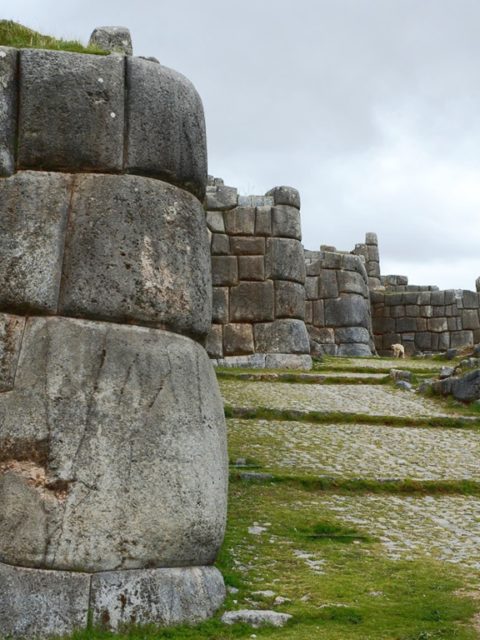
Which brings us not to Machu Picchu, but to Sayhuite: another important Inca site and one that can be found roughly 29 miles away from the south-central Peruvian city of Abancay. According to researchers, this ancient site, also called Saywte, was likely a religious center related to a water cult. Legend has it that there was a remarkable temple that once occupied its spot at Sayhuite, and presumably, the edifice was covered with unimaginably thick sheets of gold.
No trace of such a temple has been found at Sayhuite, but there are plenty of other exceptional archaeological artifacts discovered in the area, including the most unusual of all the finds, the Sayhuite stone. The Sayhuite temple featured larger columns draped in fabrics with gold bands the “thickness of one’s hand.” The temple was also under the care of the priestess Asarpay who jumped to her death in the nearby 400 meter gorge to avoid capture by Spanish forces.The site is regarded as a centre of religious worship focusing on water. Due to its abnormally large size and intricate carvings, the Sayhuite monolith has become a popular tourist attraction.
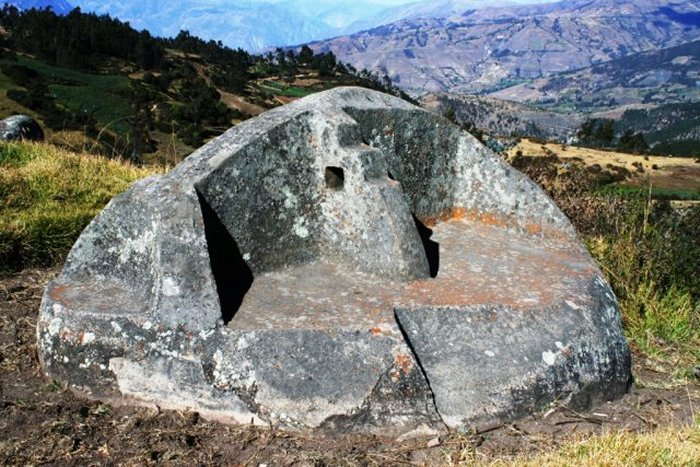
It is most likely that these people held rituals and ceremonies for the general worship of water at this site. The monolith is an important factor in this discovery, as it depicts a water-like flow between the carvings. It is also speculated, by modern day engineers, that the monolith is a depiction of the irrigation system present within the culture of the Incan people. While the precise meaning of this stone remains unsolved, its importance will always stay the same.
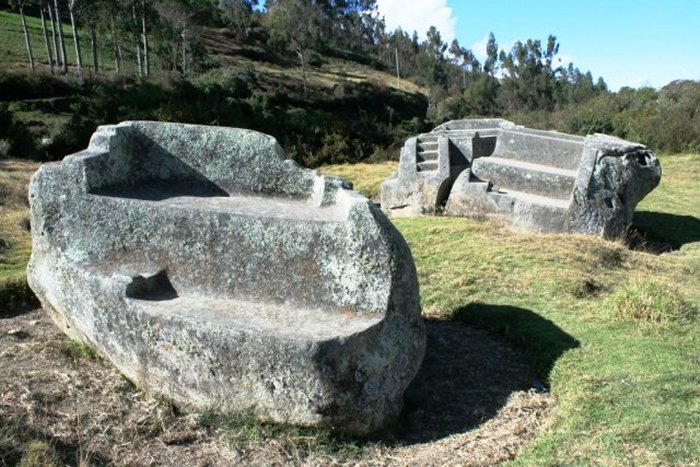
The monolith is a part of the material culture of the Incan people, and helps archaeologists piece together how they lived and why they lived this way. Understanding the Incan culture from an archaeological perspective aids in archaeologists applying this knowledge to similar civilizations and finding links between ancient cultures, conducive with high-range theory of archaeological thought.
